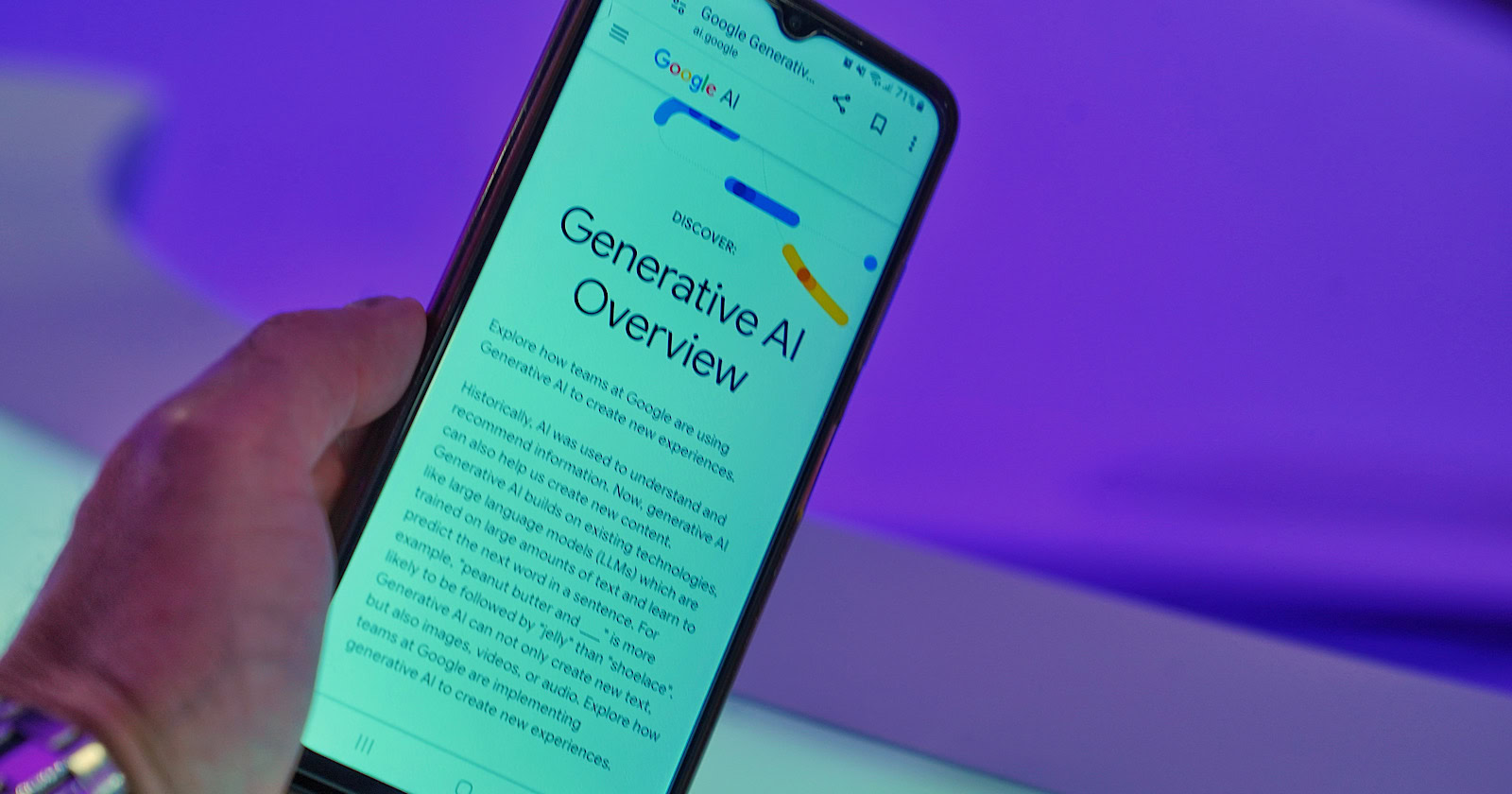SEO
Google’s AI Overviews Go Viral, Draw Mainstream Media Scrutiny

Google’s rollout of AI-generated overviews in US search results is taking a disastrous turn, with mainstream media outlets like The New York Times, BBC, and CNBC reporting on numerous inaccuracies and bizarre responses.
On social media, users are sharing endless examples of the feature’s nonsensical and sometimes dangerous output.
From recommending non-toxic glue on pizza to suggesting that eating rocks provides nutritional benefits, the blunders would be amusing if they weren’t so alarming.
Replicated….
But I appreciate that the glue suggested is “non-toxic”!
Look, this isn’t about “gotchas”, this is about pointing out clearly foreseeable harms. Before–eg–a child dies from this mess.
This isn’t about Google, it’s about the foreseeable effect of AI on society. https://t.co/kG0xP2if7L pic.twitter.com/MIPjF8hg0i— MMitchell (@mmitchell_ai) May 23, 2024
I couldn’t believe it before I tried it. Google needs to fix this asap.. pic.twitter.com/r3FyOfxiTK
— Kris Kashtanova (@icreatelife) May 23, 2024
Mainstream Media Coverage
As reported by The New York Times, Google’s AI overviews struggle with basic facts, claiming that Barack Obama was the first Muslim president of the United States and stating that Andrew Jackson graduated from college in 2005.
These errors undermine trust in Google’s search engine, which more than two billion people rely on for authoritative information worldwide.
Manual Removal & System Refinements
As reported by The Verge, Google is now scrambling to remove the bizarre AI-generated responses and improve its systems manually.
A Google spokesperson confirmed that the company is taking “swift action” to remove problematic responses and using the examples to refine its AI overview feature.
Google’s Rush To AI Integration
The flawed rollout of AI overviews isn’t an isolated incident for Google.
As CNBC notes in its report, Google made several missteps in a rush to integrate AI into its products.
In February, Google was forced to pause its Gemini chatbot after it generated inaccurate images of historical figures and refused to depict white people in most instances.
Before that, the company’s Bard chatbot faced ridicule for sharing incorrect information about outer space, leading to a $100 billion drop in Google’s market value.
Despite these setbacks, industry experts cited by The New York Times suggest that Google has little choice but to continue advancing AI integration to remain competitive.
However, the challenges of taming large language models, which ingest false information and satirical posts, are now more apparent.
The Debate Over AI In Search
The controversy surrounding AI overviews adds fuel to the debate over the risks and limitations of AI.
While the technology holds potential, these missteps remind everyone that more testing is needed before unleashing it on the public.
The BBC notes that Google’s rivals face similar backlash over their attempts to cram more AI tools into their consumer-facing products.
The UK’s data watchdog is investigating Microsoft after it announced a feature that would take continuous screenshots of users’ online activity.
At the same time, actress Scarlett Johansson criticized OpenAI for using a voice likened to her own without permission.
What This Means For Websites & SEO Professionals
Mainstream media coverage of Google’s erroneous AI overviews brings the issue of declining search quality to public attention.
As the company works to address inaccuracies, the incident serves as a cautionary tale for the entire industry.
Important takeaway: Prioritize responsible use of AI technology to ensure the benefits outweigh its risks.


















